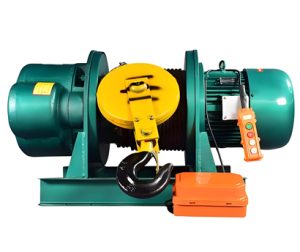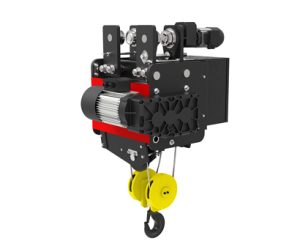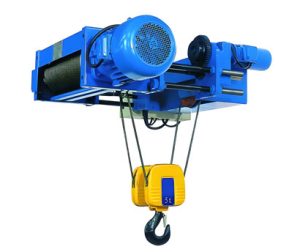Elektrische takel met overbelastingsbeveiliging
2025-08-18
In the demanding world of material handling, from bustling factories and construction sites to warehouse logistics, electric hoists are indispensable workhorses. Their ability to lift, lager, and transport heavy loads with precision and power significantly boosts productivity. Echter, this power comes with inherent risk: the potential for overloading. Exceeding a hoist's rated capacity isn't just inefficient; it's a critical safety hazard that can lead to catastrophic equipment failure, gevallen ladingen, eigendomsschade, and severe or fatal injuries. This is where the Overload Protection Device (OPD) becomes an essential, non-negotiable component of a modern electric hoist system.
Online chat
Understanding the Danger of Overload
Overloading occurs when the weight applied to the hoist exceeds its designated Working Load Limit (WLL). De gevolgen zijn ernstig:
- 1. Mechanische storing: Critical components like the hoist motor, versnellingsbak, draad touw, haak, or load chain experience stresses beyond their design limits, leading to breakage, distortion, or sudden failure.
- 2. Dropped Loads: A catastrophic failure often results in the load plummeting uncontrollably.
- 3. Structural Damage: The sudden shock or impact of a failure can damage the supporting structure (beam, crane, gantry) or surrounding equipment.
- 4. Personnel Injury: Workers in the vicinity are at extreme risk from falling objects, whipping cables/chains, or structural collapse.
- 5. Costly Downtime: Repairing or replacing damaged equipment and investigating incidents leads to significant production delays and financial losses.
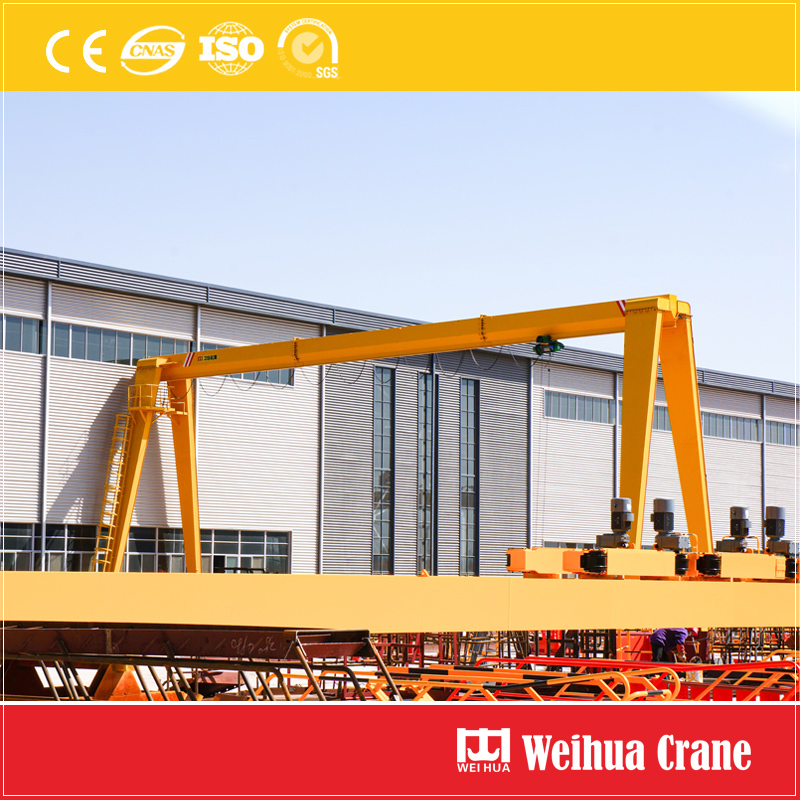
The Role of the Overload Protection Device
An Overload Protection Device acts as a vigilant electronic or mechanical “guardian,” constantly monitoring the load being lifted. Its primary function is to prevent the hoist from operating if the load exceeds a pre-set safety threshold, typically set slightly above the WLL (Bijv., 105-125%, depending on standards and design) but well below the point of structural failure.
How Overload Protection Devices Work (Common Types)
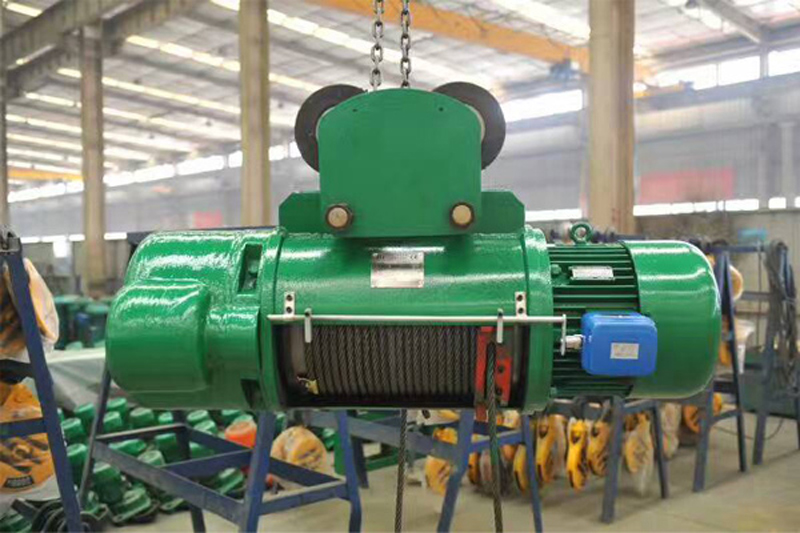
Key Benefits of Electric Hoists with Integrated OPDs
- 1. Verbeterde veiligheid: The paramount benefit. Prevents catastrophic overloads, het beschermen van personeel, apparatuur, and infrastructure. It’s a fundamental layer in a safety management system.
- 2. Vermogensbescherming: Safeguards the expensive hoist, staalkabel/ketting, haken, and supporting structures from damage caused by misuse or accidental overloading. Extends equipment lifespan.
- 3. Verminderde downtime: Prevents breakdowns and accidents caused by overloads, minimizing costly production interruptions and repair expenses.
- 4. Operational Compliance: Meets stringent safety regulations and industry standards (Bijv., OSHA, ANSI/ASME B30.16 – Safety Standard for Overhead Hoists) that mandate overload protection for lifting equipment.
- 5. Operator Confidence: Provides operators with a crucial safety net, allowing them to focus on the task with greater assurance.
- 6. Prevention of Minor Overloads: Even loads slightly exceeding the WLL, repeated over time, cause cumulative damage (“invisible overload”). An OPD prevents this insidious wear.

Important Considerations
- 1. Not a Substitute for Proper Use: An OPD is a critical safety feature, but it does not eliminate the need for proper operator training, adherence to load charts, regular inspections, and safe rigging practices.
- 2. Calibration & Onderhoud: OPDs, especially electronic load cells, require periodic calibration by qualified personnel to ensure accuracy. Mechanical limiters also need inspection and maintenance. Follow the manufacturer’s schedule rigorously.
- 3. Setting Accuracy: The overload cut-off point must be correctly set according to the hoist’s WLL and relevant standards. Never tamper with or disable the OPD.
- 4. False Trips: Environmental factors (extreme temperatures, vocht) or electrical interference can occasionally cause false trips. While inconvenient, they are a safety feature. Investigate the cause promptly.
- 5. Type Selection: Choose the OPD type (electronic vs. mechanisch) based on the application’s criticality, required features (Bijv., data logging, integration with crane control systems), environment, and budget. Electronic systems generally offer more features and precision.
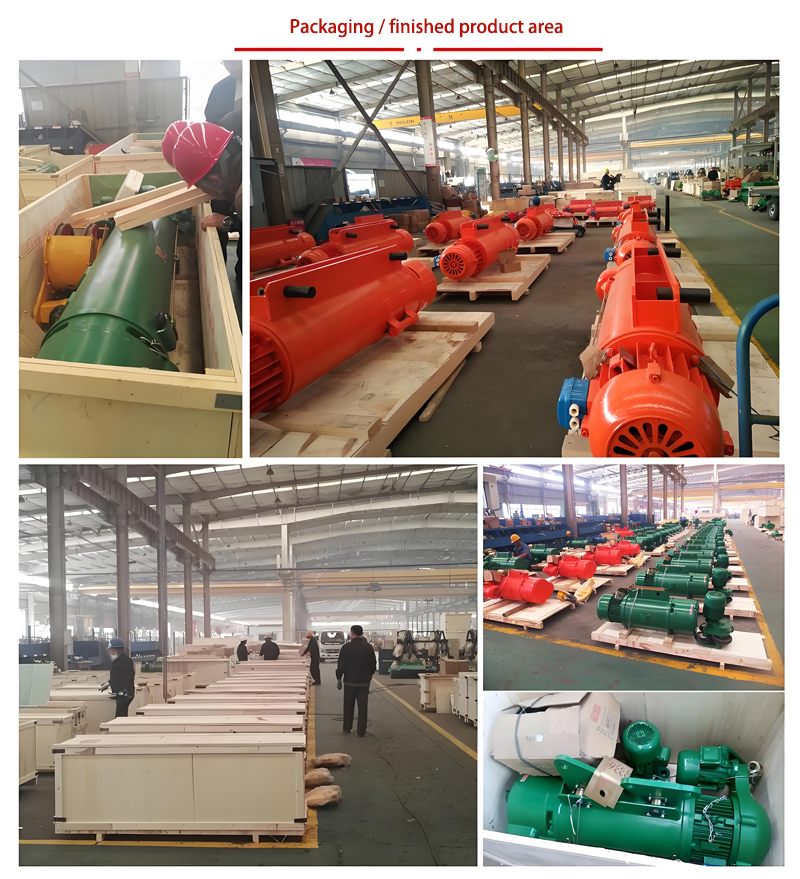
Een elektrisch takel equipped with a reliable Overload Protection Device is not merely a piece of equipment; it’s a commitment to safety, operationele integriteit, and responsible material handling. By acting as an automatic and fail-safe barrier against the dangers of overloading, the OPD plays a vital role in preventing accidents, protecting valuable assets, and ensuring a safer, more productive work environment. Investing in hoists with robust, well-maintained overload protection is an investment in people, productivity, and peace of mind. Never lift without it.





